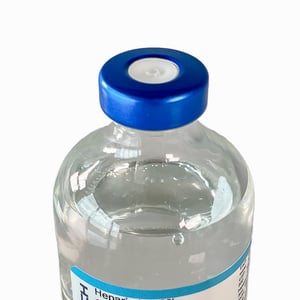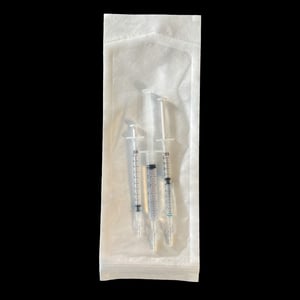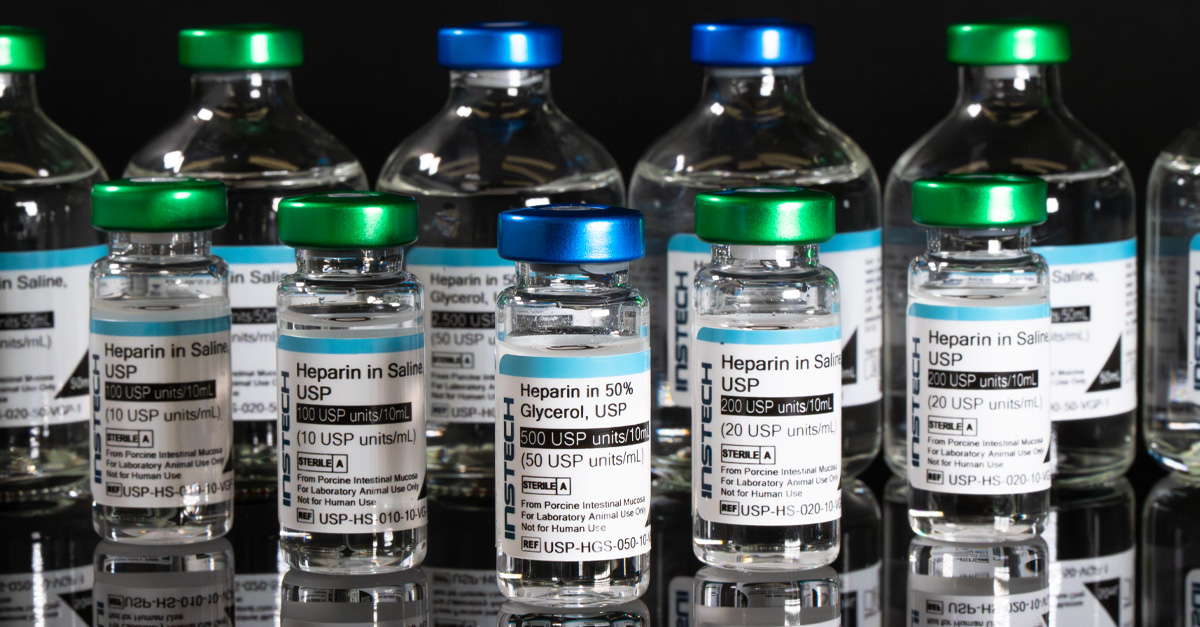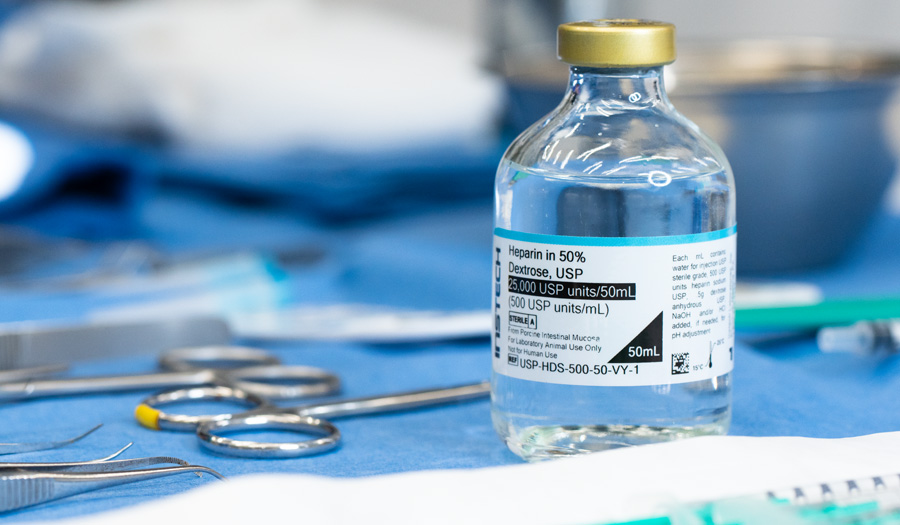
Table of Contents:
- Introduction
- What is the ideal formulation?
- How can I ensure my lock or flush solution is of the highest quality?
- Are the solutions provided in convenient formats?
- Regulatory Guidance
- What do you need?
Introduction:
Laboratory animals often need to be catheterized for repeated blood sampling, such as for pharmacokinetic studies, or for infusion of test compounds. Researchers use lock solutions to keep the catheter patent (free of blockages such as blood clots) when they will not be accessed for a long time, such as the days when the animal is recovering from surgery. Flush solutions are used in the process of accessing the catheter: withdrawing the lock solution, checking patency, pushing in a bolus dose or clearing blood remaining in the catheter after sampling. Often flush solution is left in the catheter if the time to the next dose or sample is not long enough that the catheter is expected to lose patency (a time period that is greatly influenced by the vessel, surgical technique, catheter material and whether the catheter system is closed and subcutaneous).
The approach to flush and lock solutions varies greatly from one lab to the next; there is little standardization on the formulation. Some prepare them in-house under conditions ranging from an open lab bench to the highly controlled environment of a pharmaceutical company formulation department. Others purchase the solutions pre-made from clinical suppliers, or from suppliers that focus on the specific needs of laboratory animal research. But how do you know which is right for you?
At Instech we have made the “plumbing” for rodent infusion and sampling for 50 years — swivels, tethers, catheters — but we are a new supplier of the stuff that runs inside these pipes. As part of the launch of our line of pharmaceutical-grade flush and lock solutions for research we reviewed key factors to consider when selecting catheter maintenance solutions:
What is the ideal formulation?
Heparinized glycerol or dextrose? TCS? What is the best heparin concentration? Unfortunately there is no clear answer. The protocol, species, surgery and catheter system can all influence which is right for you. However, you’re not left to fend for yourself entirely. This post takes a deeper look at the various formulations and what might be used when.
How can I ensure my lock or flush solution is of the highest quality?
Does it meet the standards set by the USP to be considered "pharmaceutical-grade"? Is it supplied sterile, and can you maintain that sterility until it is injected? There’s a lot to consider here.
Are the solutions provided in convenient formats?
 Compound quality and sterility should be non-negotiable, but ease-of-use is also important. A day spent mixing solutions and filling syringes is a day you have missed conducting research. The solutions available from clinical suppliers will be pharmaceutical-grade, but are typically not packaged in a way that is convenient for animal research. Suppliers that are dedicated to the research market can supply the exact formulation you need, ready-to-use in vials and prefilled syringes. If you are using PinPorts™ and Vascular Access Buttons™ for mice and rats, choose syringes with injectors pre-installed, or vials with PinPorts™ built in. Not only will you save time by not having to install the injector, but you’ve skipped a step that could compromise sterility.
Compound quality and sterility should be non-negotiable, but ease-of-use is also important. A day spent mixing solutions and filling syringes is a day you have missed conducting research. The solutions available from clinical suppliers will be pharmaceutical-grade, but are typically not packaged in a way that is convenient for animal research. Suppliers that are dedicated to the research market can supply the exact formulation you need, ready-to-use in vials and prefilled syringes. If you are using PinPorts™ and Vascular Access Buttons™ for mice and rats, choose syringes with injectors pre-installed, or vials with PinPorts™ built in. Not only will you save time by not having to install the injector, but you’ve skipped a step that could compromise sterility.
The prefilled syringes you buy should have no air bubbles in them, otherwise you’ll have to spend time clearing them out before you access the catheter. If the air has entered the syringe because the tip is not sealed, not only is the solution probably not sterile, but the drug concentration will have changed due to evaporation.
 You will most likely use several different syringes when you access a catheter. For example, one to withdraw the lock solution, a second to take a blood sample, and a third to push back the blood and re-lock the catheter. A kit with all three syringes in a single pouch could streamline your operation.
You will most likely use several different syringes when you access a catheter. For example, one to withdraw the lock solution, a second to take a blood sample, and a third to push back the blood and re-lock the catheter. A kit with all three syringes in a single pouch could streamline your operation.
Regulatory Guidance
NIH's Office of Laboratory Animal Welfare states: OLAW and USDA agree that pharmaceutical-grade substances, when available, must be used to avoid toxicity or side effects that may threaten the health and welfare of vertebrate animals and/or interfere with the interpretation of research results. See this guidance document here for more information.
AAALAC International states: Whenever possible, pharmaceutical-grade compounds must be used [for clinical use]. If available, and suitable, pharmaceutical-grade compounds are preferred [for research use].
If you are using non-pharmaceutical-grade flush or lock solutions, your IACUC should require a justification.
Tell us what you need
We want to hear from you. What sterile solutions do you require for your research? Your feedback will influence the products we produce in our newly built facility. Just fill out this form and let us know how we can help.


